Enhance Your Projects with a Durable GCL Liner
Use Geofantex geosynthetic clay for durable, efficient containment in landfills, mining, and water projects.
Tel: +86-411-39569550 | E-mail: info@geofantex.com/geofantex@gmail.com
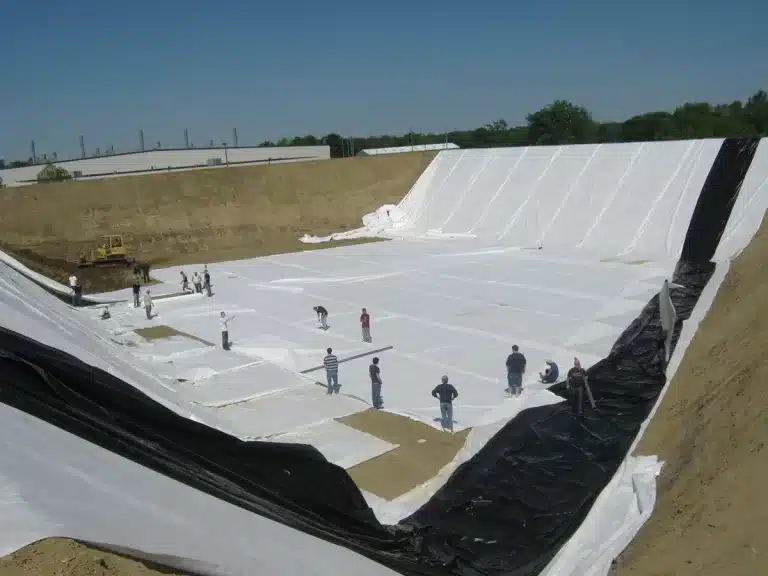
Use Geofantex geosynthetic clay for durable, efficient containment in landfills, mining, and water projects.
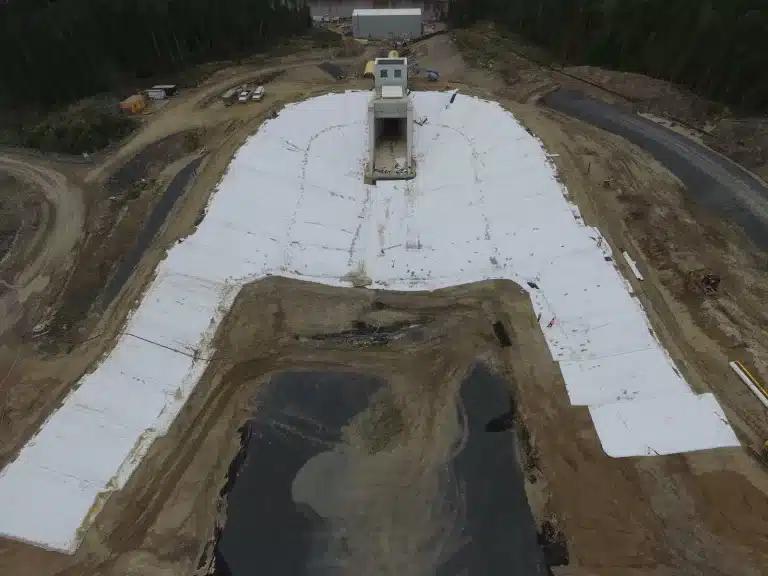
Use Geofantex GCL liner for reliable containment in landfills, mining, and water projects. Durable and efficient.
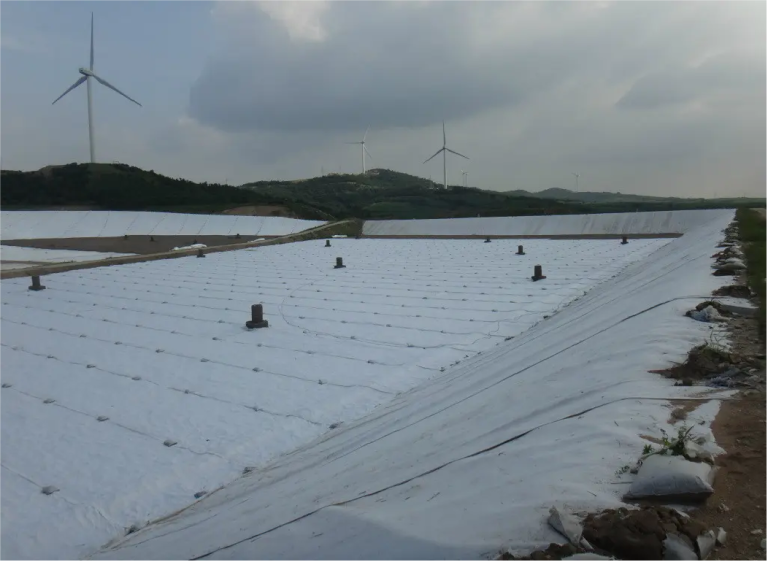
Learn how geotextile fabric under gravel improves drainage, prevents soil erosion, and reduces long-term maintenance costs.

Learn how to calculate geotextil valor m2 and choose the right geotextile for construction and landscaping projects.

Discover how geocomposite drainage systems enhance water management in civil engineering with efficiency, sustainability, and durability.
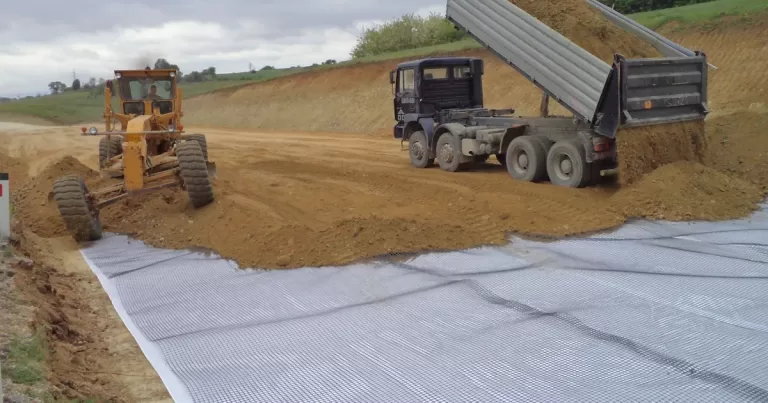
Explore geocomposite drains for efficient water management in civil engineering projects. Learn key applications and benefits.
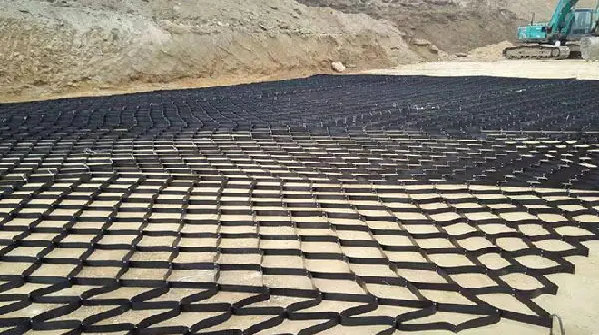
Explore real projects using geocells for driveways that improve stability, drainage, and durability with sustainable geosynthetic systems.
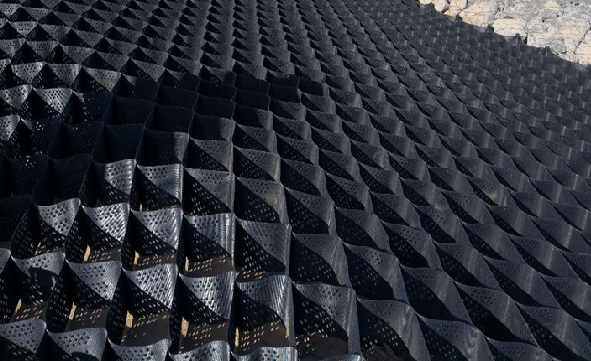
Discover real-world geocell retaining wall projects using GEOWEB geosynthetics for slope stabilization and erosion control.
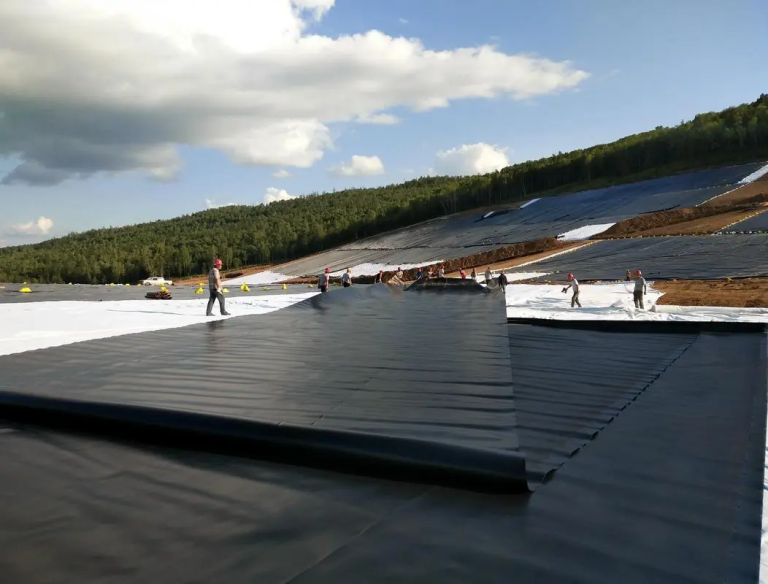
Learn how geomembranes best cheap provide durable, cost-effective solutions for construction and environmental projects.
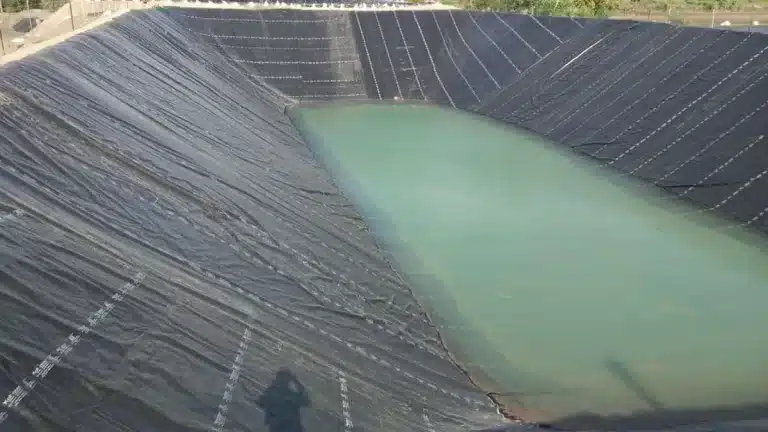
Choose Geofantex driveway geogrid to strengthen surfaces, reduce maintenance, and ensure long-lasting driveway durability.
End of content
End of content
WhatsApp us